The Law of Similarity
The Law of Similarity is one of the metaphysical laws that govern the practice of Literomancy. Oversimplified, it means that "like attracts like." In order to create a magical connection, you need something that is similar to whatever you’re trying to affect or invoke. Making use of the Law of Similarity is often why spells have "material components," as they are known in tabletop roleplaying games.
Voodoo dolls or poppets are similar to a human being.
Stuffed animals might be used to create a connection to a Werebeast of a similar type.
A black mirror could be used to create a portal to or from The Void.
A diamond or star sapphire might be used to invoke star magic.
A candle flame might be used to summon elemental fire.
Magnets or lodestones might be used to attract something you want. A classic example would be to use a gold ring and a magnet to attract money.
A roll of the dice or the calculation of odds might be used to influence probabilities in your favour.
During the Fall of Chiroptera in The Third Word War, Queen Sable Aradia cut her palm and the palm of her sibling Prinx Tempest in a "blood brother" ritual. This bonded the two of them together so that they could access each other's powers temporarily. She then used their DNA to connect to Archon Mykola Void, her daughter, so that she and Prinx Tempest could reach out to wherever she was and teleport her to them through the use of a Tang Portal. Thus, they rescued her and her Feral Foxx from pursuit by zombies.
During The Third Word War, Lord GalaWight specifically tried to gather his family members into his Undead Horde so that he could increase his magical power by having them in his thrall.
Examples:
Specific Example Cases:
Manifestation
Some advanced literomancers use traditional correspondence tables to create a connection of similarity. For example, solar magic has long been invoked by using gold, and lunar magic by using silver. The reverse also holds true; because money is associated with gold in the collective subconscious, the light of the sun can be used to attract wealth.
In some traditions, complex systems of similarity have developed that form their own literomantic language, creating shortcuts that invoke complex magical effects with only a handful of symbols. Examples include, but are not limited to, astrological symbols, runes, Tarot cards, ogham, glyphs, sigils, summoning seals, and alchemical symbols. Technomancers are experimenting with the use of physics equations and the Periodic Table in similar ways. Experienced literomancers often create their own personalized systems of correspondences and symbolism.
AuthorGoddess uses rune magic, which was especially significant at the Battle of the Warren
Lord Galakrond uses sigils and seals to summon conjurations from the Void
To enter the Lapin Library, The Chief Rabbit turns an enchanted key in any sort of doorway, which opens a magical doorway to the Library
Queen TaraFaeBelle uses enchanted Inks that take advantage of her synesthesia to invoke connections to language through colour
Sable Aradia makes extensive use of traditional magical correspondences to create and modify literomantic rituals
Specific Example Cases:
WIP
Streamer
Missing
Status: Location Unknown
Deceased
Status: Deceased Character
Retired
Status: Retired Character or Article
Type
Metaphysical, Arcane
THIS SECTION HAS BEEN REDACTED BY THE LAPIN PROTECTORATE FOR SECURITY REASONS BY ORDER OF THE OWSLA.
CONTENT WARNING: violation of reproductive rights
- Queen Sable Aradia is using her own body and blood as a focus to search for her DNA as used by The Company, whether that DNA is still contained in cells or has become a person. She is also using that DNA as a means of locating Company facilities and spying on them. This was how she located her daughter Luna.
Sable-rah also makes a habit of keeping clipped hair from her family members so that if she ever needs to, she can reach out, even at a distance, to find them, protect them, or heal them


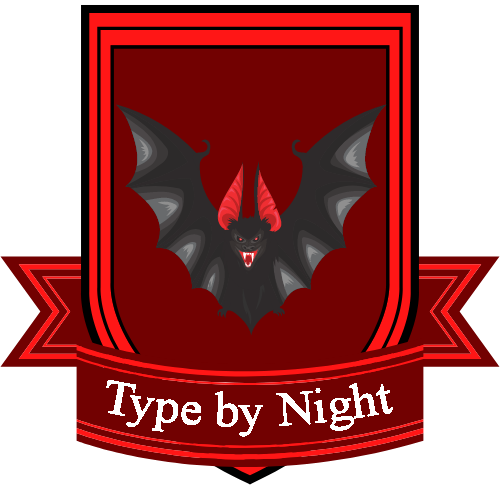
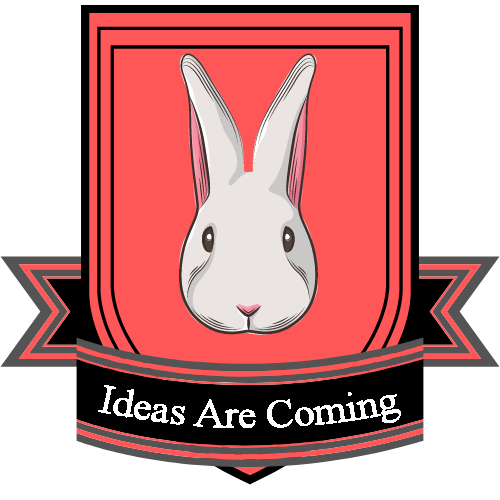






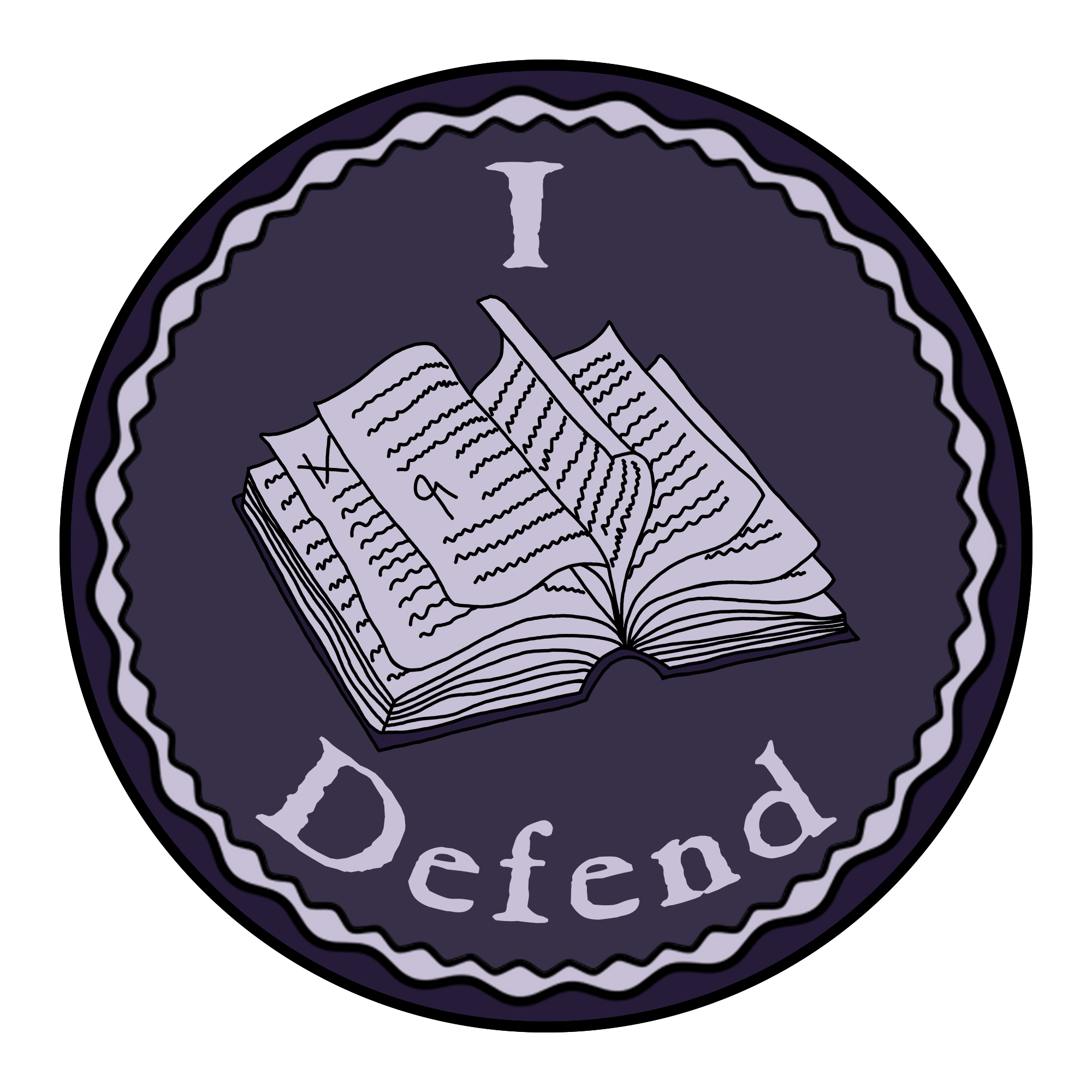
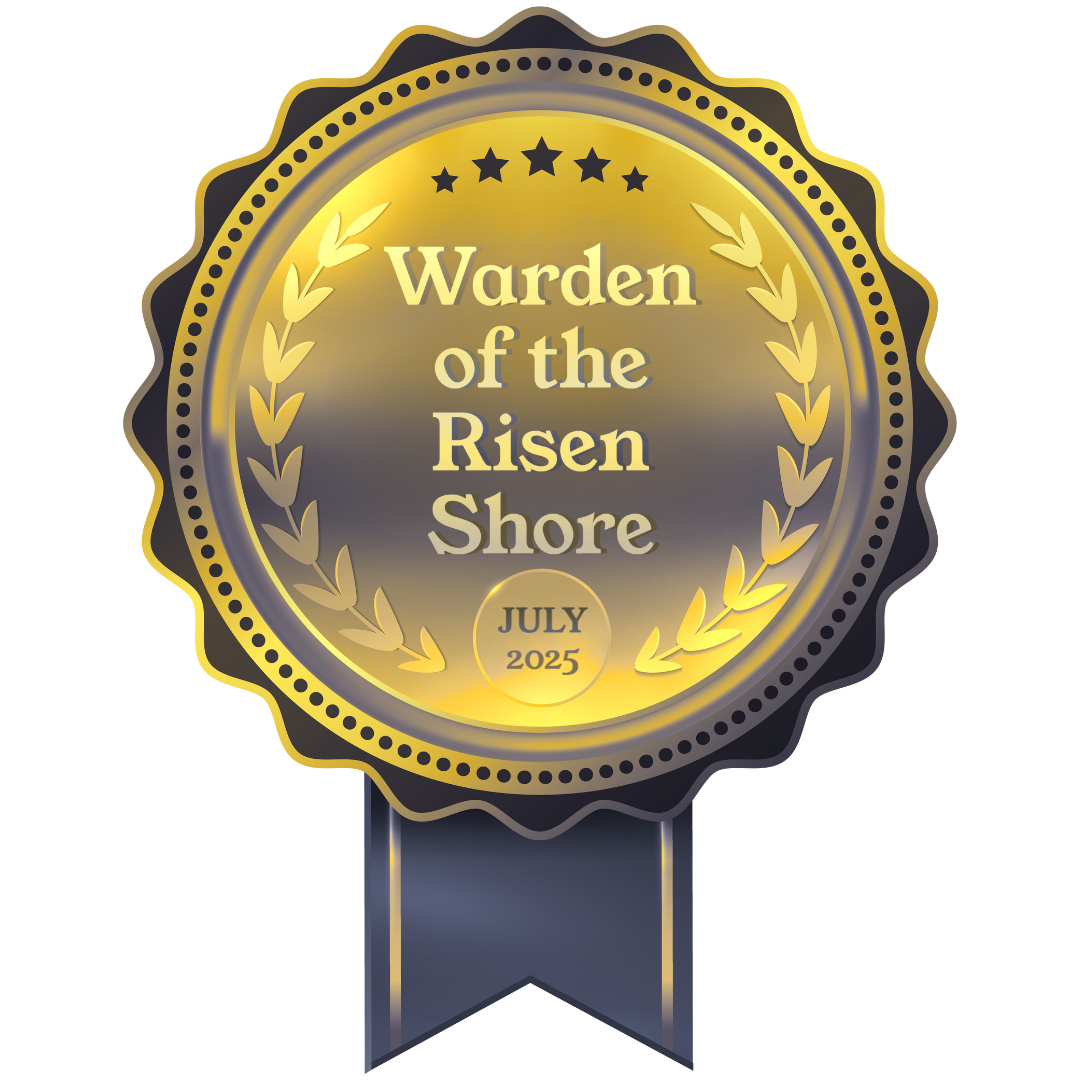

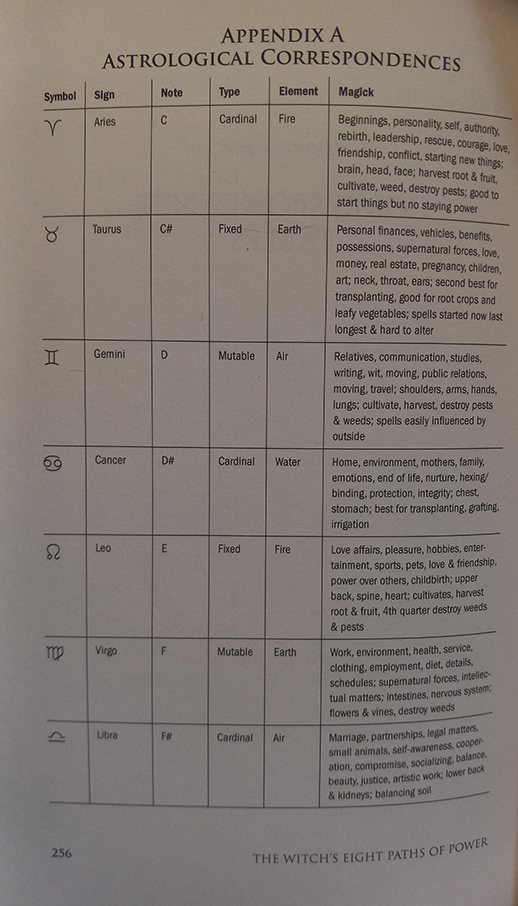
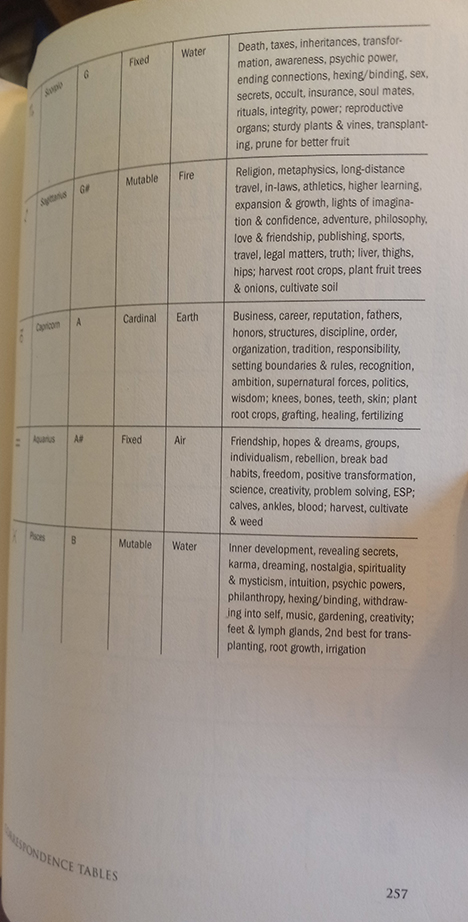
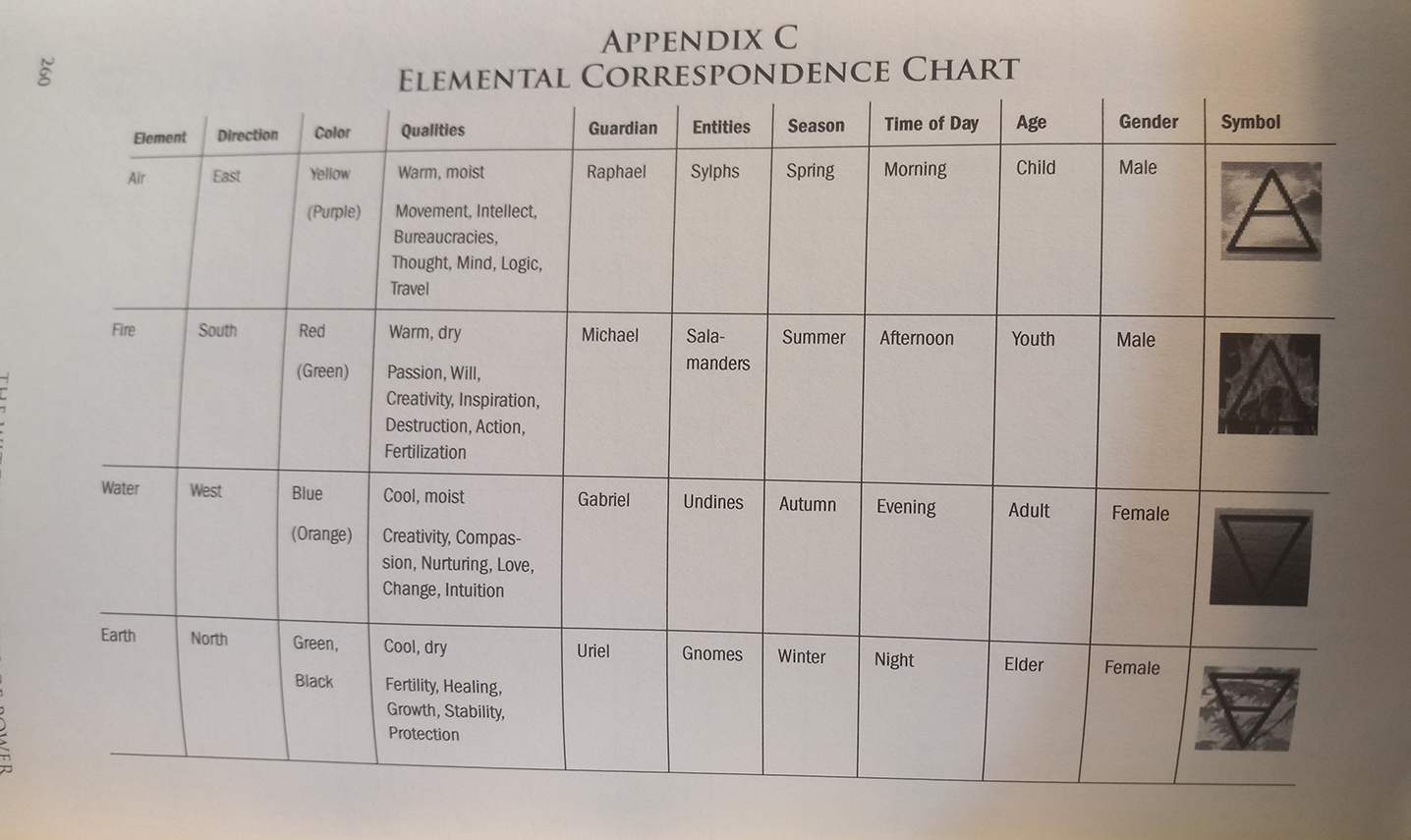

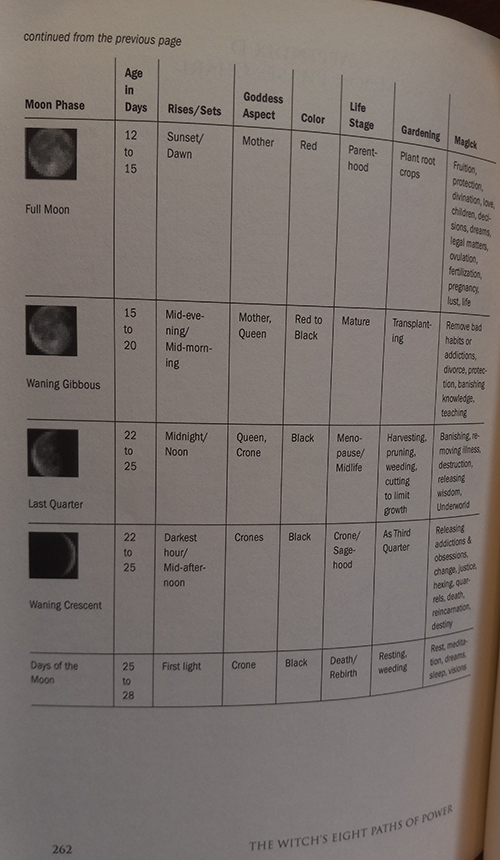
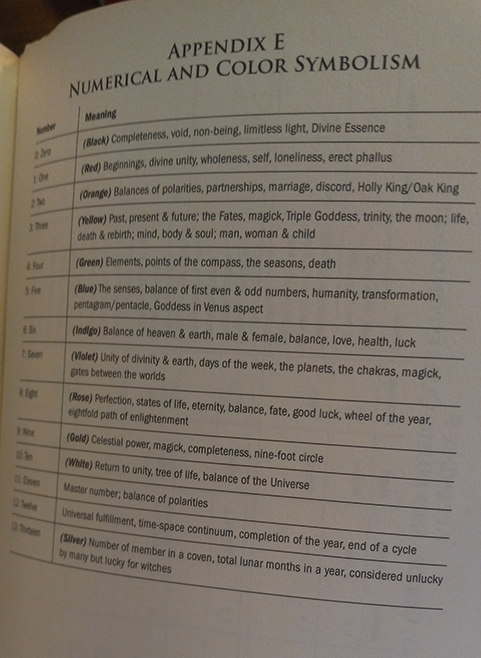
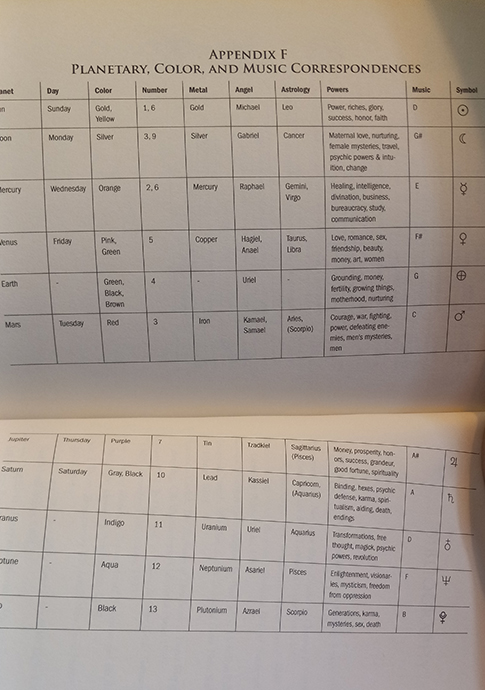
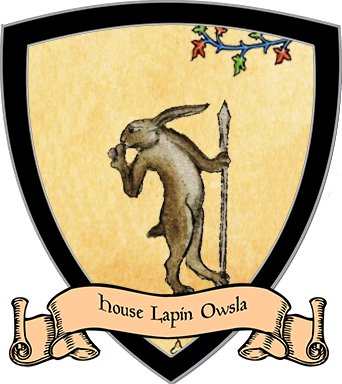
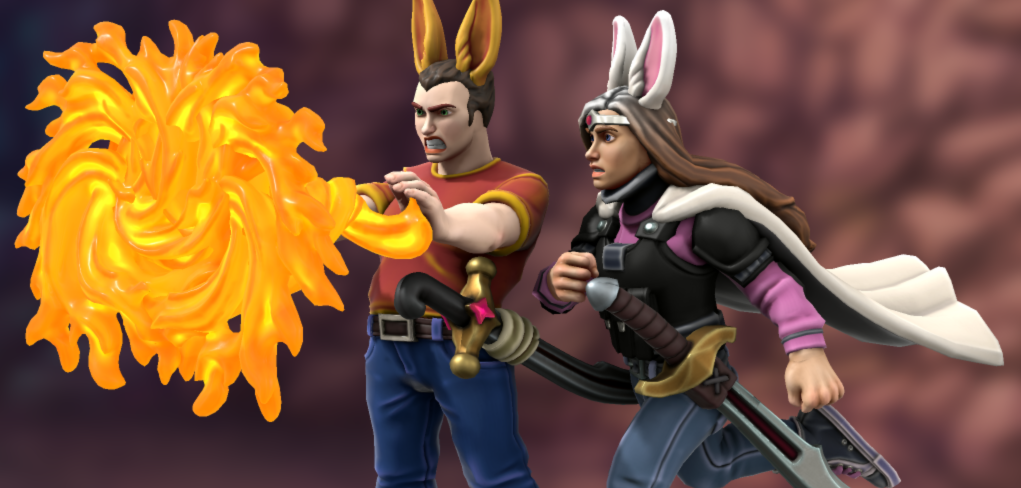



An eye-catching and fantastic way of putting into explanation the need for using material components when practicing magic. I especially liked the manifestation section bringing up that there exists different systems/languages of association (even entirely unique ones), based on context and culture - that's a very nice touch.